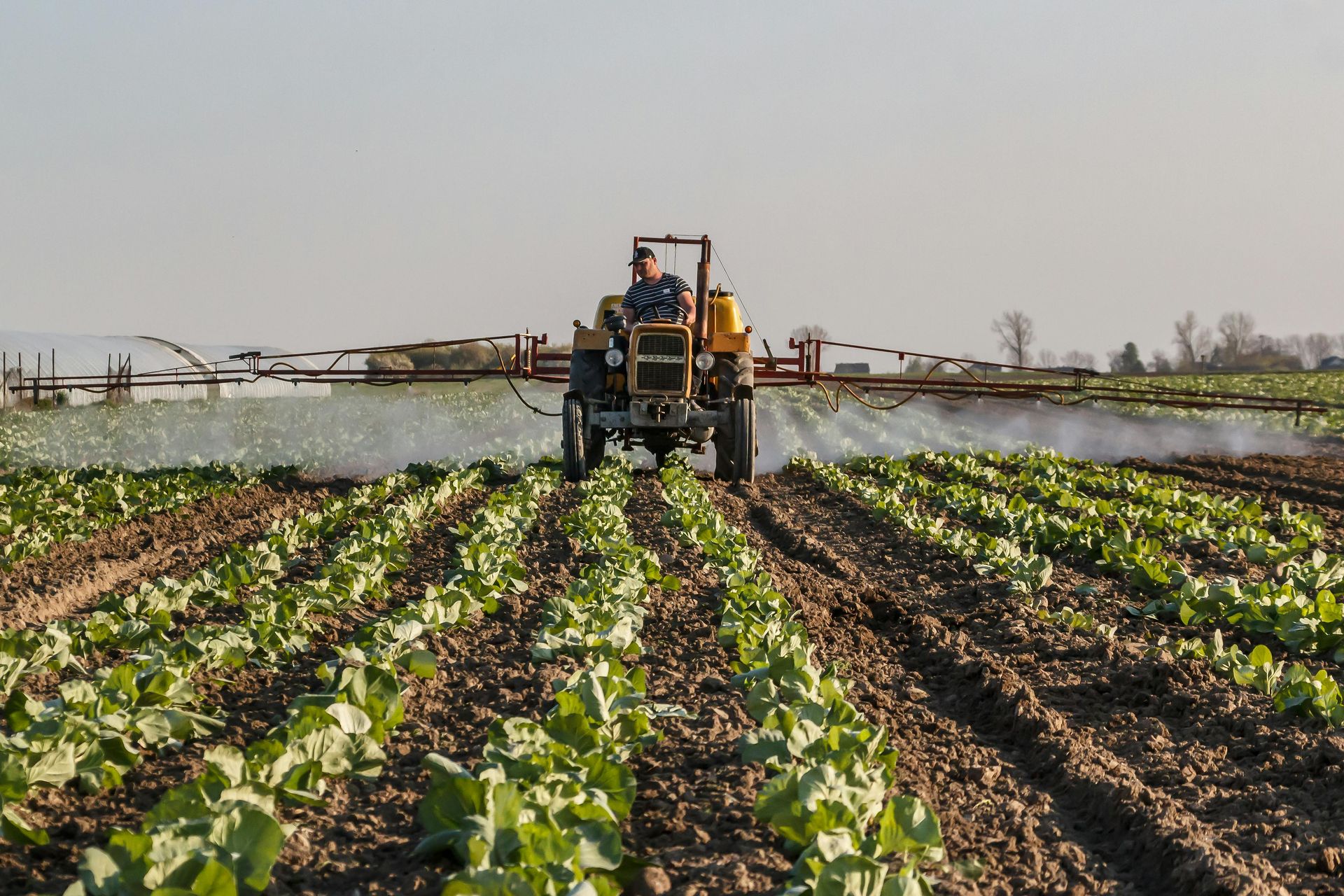The Essential Role of Amino Acids in Plant Growth and Development
Amino Acids in Plant Growth and Development

Understanding plant nutrition is critical for successful agriculture and landscaping. While nutrients like nitrogen, phosphorus, and potassium often take the spotlight, amino acids play a foundational role in plant health and productivity. In this blog, we explore what amino acids are, how they benefit plants, and why incorporating amino acids into your agricultural or landscaping practices can lead to healthier, more resilient crops.
What Are Amino Acids?
Amino acids are organic compounds that serve as the building blocks of proteins, which are essential for virtually all biological processes. In plants, amino acids are involved in critical functions such as:
- Photosynthesis: Enhancing the production of chlorophyll, which drives energy conversion in plants.
- Stress Resistance: Helping plants withstand environmental stresses such as drought, heat, and disease.
- Nutrient Uptake: Improving the absorption and transport of nutrients within the plant.
The Benefits of Amino Acids for Plants
Incorporating amino acids into plant care offers numerous advantages, including:
- Enhanced Nutrient Efficiency
Amino acids act as chelating agents, which means they bind with essential nutrients like iron, zinc, and manganese. This improves nutrient availability and uptake, ensuring plants get the nutrition they need.
- Improved Stress Tolerance
Whether it’s heat stress, drought, or exposure to toxins, amino acids help plants maintain metabolic balance. This makes them a critical tool for managing stress in crops, especially in regions with challenging growing conditions.
- Boosted Growth and Yield
By promoting protein synthesis and cell division, amino acids contribute to faster growth and higher yields. They are particularly beneficial during critical growth stages such as flowering and fruiting.
- Disease Resistance
Certain amino acids, like proline and cysteine, strengthen the plant’s natural defenses against fungal infections and pest attacks. This makes amino acids an excellent addition to integrated pest management (IPM) programs.
Using Amino Acids Effectively
When using amino acid-based biostimulants like the product CSL+, here are some best practices:
- Application Timing: Apply during critical growth stages or periods of environmental stress.
- Dosage: Follow recommended application rates for your crop type and soil conditions.
- Compatibility: Amino acids can often be combined with other fertilizers or treatments, improving overall efficiency.
Why Amino Acids Are a Smart Investment
Investing in amino acid treatments not only supports healthier plants but also delivers long-term economic benefits. Healthier crops mean less need for chemical inputs, lower stress-related losses, and higher yields. Additionally, amino acids are environmentally friendly, making them a sustainable choice for growers.
Why Choose TPS Lab for Amino Acid Solutions?
At TPS Lab, we specialize in helping farmers and landscapers achieve optimal results through tailored solutions. Our CSL+ biostimulant is an amino acid-based product specifically designed to enhance plant health and stress resistance.
Whether you’re managing a turf lawn, cultivating crops, or growing specialty plants, our experts can guide you on how to incorporate amino acids into your practices. Contact us at 956-383-0739 to learn more.
FAQs
Q: How are amino acids different from traditional fertilizers?
A: Unlike traditional fertilizers, which supply nutrients directly, amino acids improve the plant’s ability to absorb and use nutrients more effectively.
Q: Are amino acids safe for the environment?
A: Yes, amino acids are derived from natural sources and are biodegradable, making them an eco-friendly choice.



